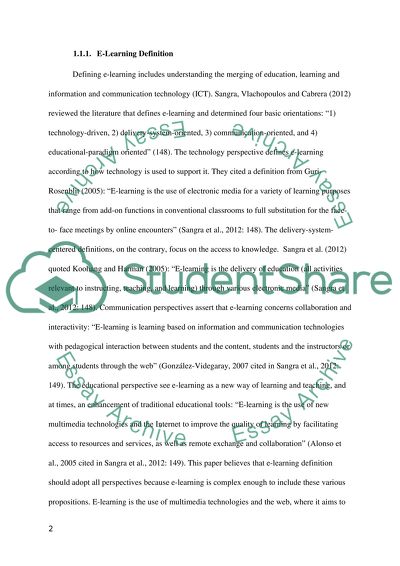Cite this document
(“E-learning: Benefits and Barriers for Primary School Education Article”, n.d.)
E-learning: Benefits and Barriers for Primary School Education Article. Retrieved from https://studentshare.org/information-technology/1403636-e-learning
E-learning: Benefits and Barriers for Primary School Education Article. Retrieved from https://studentshare.org/information-technology/1403636-e-learning
(E-Learning: Benefits and Barriers for Primary School Education Article)
E-Learning: Benefits and Barriers for Primary School Education Article. https://studentshare.org/information-technology/1403636-e-learning.
E-Learning: Benefits and Barriers for Primary School Education Article. https://studentshare.org/information-technology/1403636-e-learning.
“E-Learning: Benefits and Barriers for Primary School Education Article”, n.d. https://studentshare.org/information-technology/1403636-e-learning.


